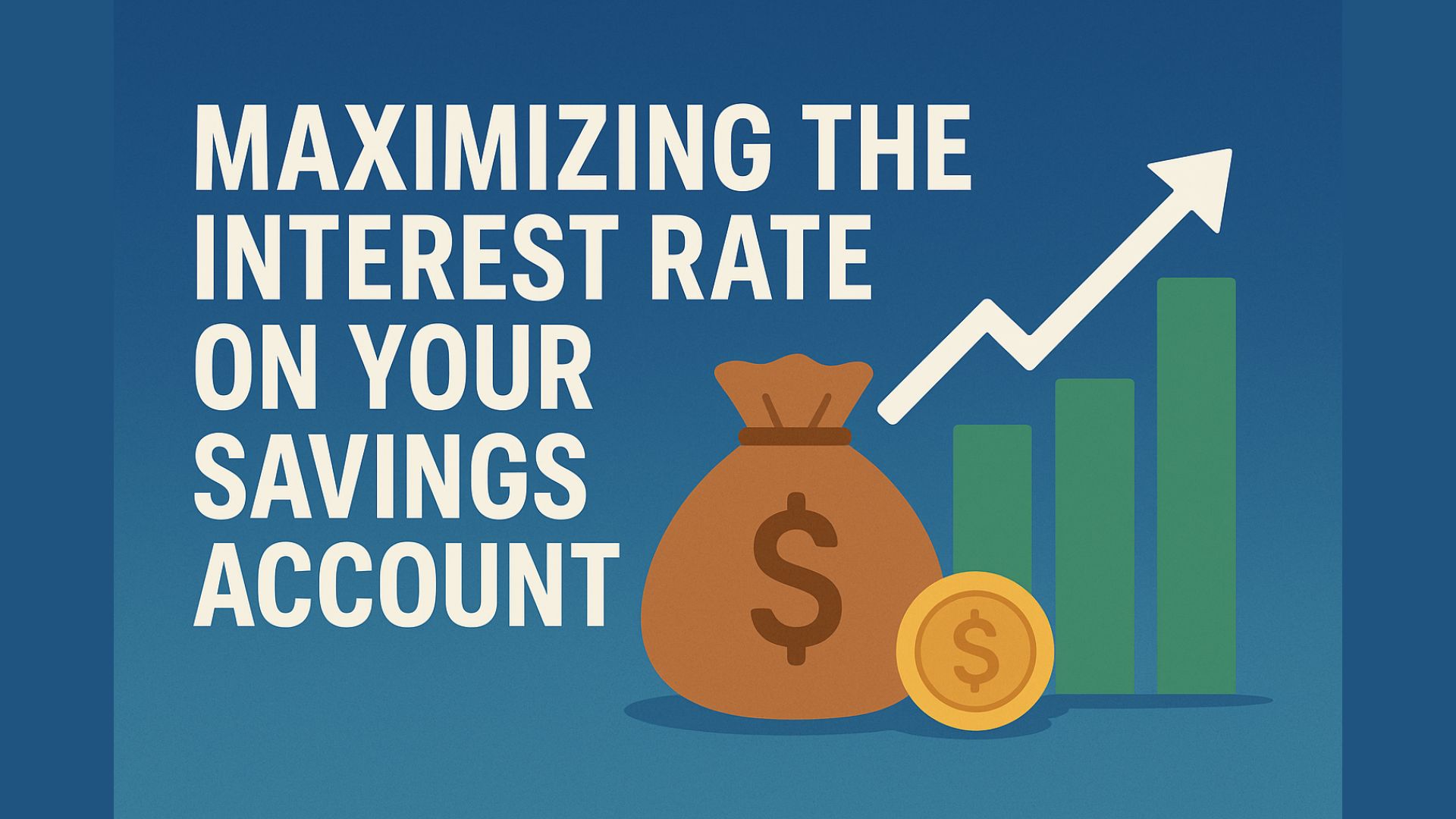Roman Tiraspolsky
By Breakingviews
Steve Schwarzman promised shareholders in Blackstone (BX) that his firm would reach $1 trillion in assets under management. On Thursday he hit that target – a little later than planned. But there is no rest for the wicked, or the successful. Investors could use a new goal to help value the next phase in its transformation.
While Blackstone’s hoard crossed the 13-figure line in the second quarter, it also demonstrated the same slowdown that is affecting the investment industry writ large. Assets under management ticked up only 6% compared with the same period last year.
That isn’t in itself surprising. Blackstone is reaching the limits of a period when client funds came relatively easy. Schwarzman’s firm has grown fat by chasing the vast reservoir of dollars held by the workaday rich, who have piled into investment vehicles like real estate fund BREIT that don’t require the years-long commitments demanded by traditional private equity. The firm also entered new industries, muscling aside traditional lenders to become a giant in private credit.
With rates rising, valuations hitting a rough patch and borrowers stressed, both areas are under pressure. BREIT grappled with an investor exodus last year; direct lending activity is down from its exuberant heights. It’s a problem because Blackstone and its peers are still keen to diversify away from the wildly fluctuating profit that comes from selling their traditional private equity investments. Broadly, proceeds from asset sales fell 82% in the second quarter, year-on-year.
Investors – and stock pickers – share Blackstone’s desire to have more predictable, stable earnings from what they often call “fee-earning assets.” Those comprise over 90% of Goldman Sachs analysts’ valuation of the firm. But they also shrank slightly in the second quarter compared with the preceding three months. Blackstone is trying out new things, like acting as an intermediary between borrowers who need an alternative to bank loans, and insurers who have money to invest.
That’s a big opportunity, and perhaps big enough to pump up Blackstone’s $130 billion market capitalization further. But if the $1 trillion target had a purpose, it was to give investors something to hang their assumptions on while Blackstone went through profound business model changes. Another might help now. Pledging to hike last year’s $6 billion of annual management and advisory revenue to a chunky $10 billion, for example, would be the kind of round number investors can get their teeth into.
Context News
Alternative asset manager Blackstone reported on July 20 that it had accumulated over $1 trillion in assets under management in the second quarter, surpassing a goal set in 2018. Blackstone had earlier aimed to hit the milestone by the end of 2022. Growth in assets from the prior year continued to slow year-on-year, hitting a rate of 6.4%. Fee-earning assets declined marginally compared to the first quarter. Earnings available to be distributed to shareholders fell 39% year-over-year, as proceeds from asset sales plunged 82%. The annual decline was concentrated in Blackstone’s real estate and credit segments, though net proceeds from private equity sales fell 70% from the prior quarter.
Original Post
Editor’s Note: The summary bullets for this article were chosen by Seeking Alpha editors.















